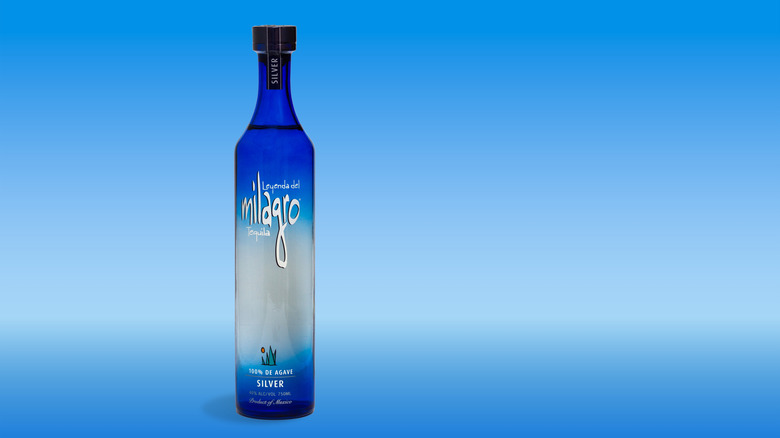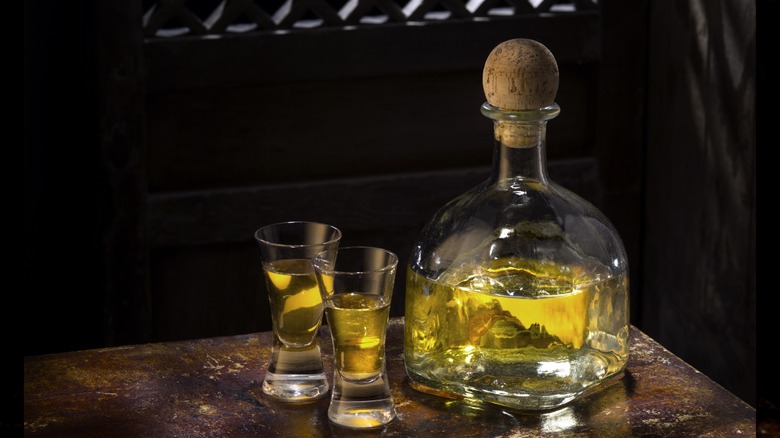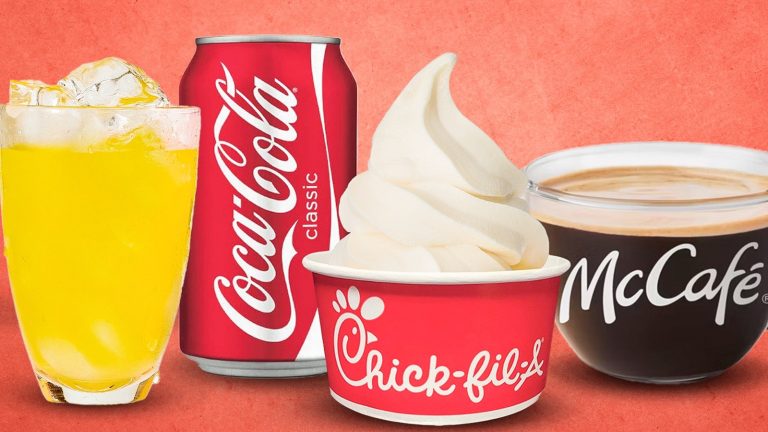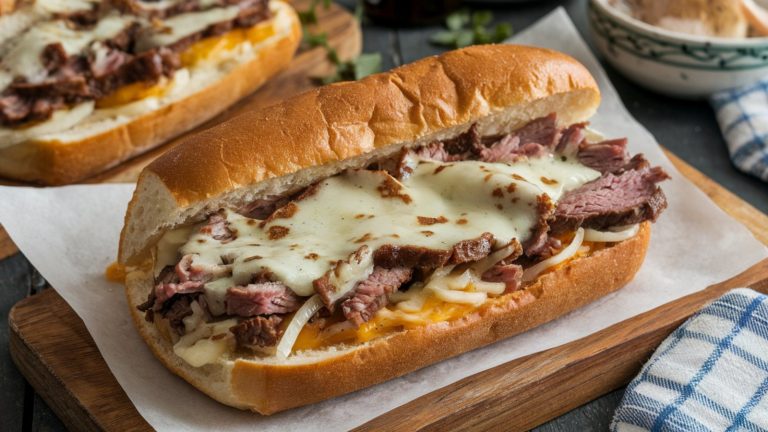Whether you’re looking to sip it on its own or mix it into one of the many classic cocktails featuring the spirit, the importance of a good tequila can’t be overstated. When tequila is good, it’s hard to find a spirit with more character and unique flavor. When it’s bad, well, there’s a reason the traditional tequila shot comes with salt and lime. Even though tequila distillers have to abide by stringent rules regarding what goes into your tequila, there’s still a great deal of variation, even within one distiller’s selections. One such example is the Milagro tequila brand.
Chowhound ranked Milagro tequilas from worst to best to give you a good idea of which Milagro products to seek and which to avoid. Concerning the latter, the youngest tequila of the bunch, Milagro silver, was the one to bring up the rear. Importantly, it wasn’t due to anything negative so much as it was simply found lacking compared to older Milagro products. If character is what you’re seeking in tequila, Milagro silver probably isn’t the bottle for you.
Milagro silver isn’t a lost cause
Just because this young tequila took the unwanted last place in Chowhound’s ranking doesn’t mean it should be written off completely; you shouldn’t think of it as the worst so much as you should think of it as the “least good” of the bunch. In other words, there’s nothing necessarily wrong with Milagro silver, it’s just that the other products were rated higher, partly due to their age.
In fact, this tequila certainly has enough going for it to deserve a shot at your shelf. It has a smooth and slightly citrusy taste, and it comes at an affordable price, making it a good candidate for use in a perfect margarita (where silver tequilas can really find a home). As such, think of it as a testament to the quality of the distiller as a whole, where the “worst” tequila is still a fine selection in its own right.
Age makes a huge difference
The age of a tequila plays a pivotal role in altering and refining the taste of the spirit. If you’ve ever had to identify the tasting notes of various tequilas, you know even a few months of aging can drastically change a tequila’s profile. A silver tequila, which is aged for a maximum of two months, is a lot more “raw” compared to an añejo, which is aged in relatively small oak barrels for one to three years. Grassy and citrusy notes dominate a young tequila since it hasn’t been altered by wooden casks; this is largely regarded as the most authentic experience of the agave spirit. A good silver tequila is certainly worth a buy for this reason.
Aged tequilas, meanwhile, inherit a great deal of character from oak casks in a process that’s seen to mellow the bold, sometimes aggressive notes of silver tequila. This mellowness and longer evolution is what makes tequilas such as añejos the best tequilas for sipping. It should come as no surprise, then, that a reposado tequila (aged between two months and one year) and an añejo took the top two spots in our Milagro ranking. But, with such drastic differences between silver and older tequilas, it should come down to your judgement on what tequilas you prefer for which occasions.







